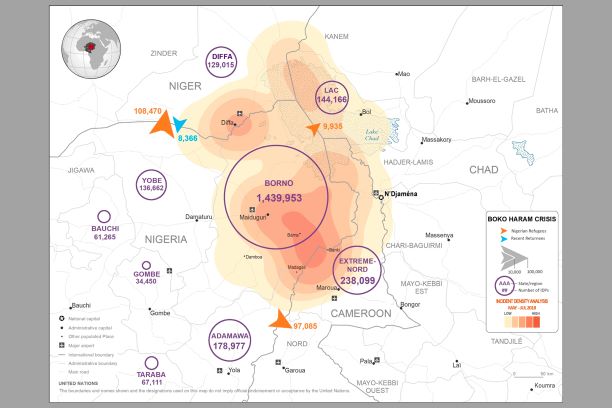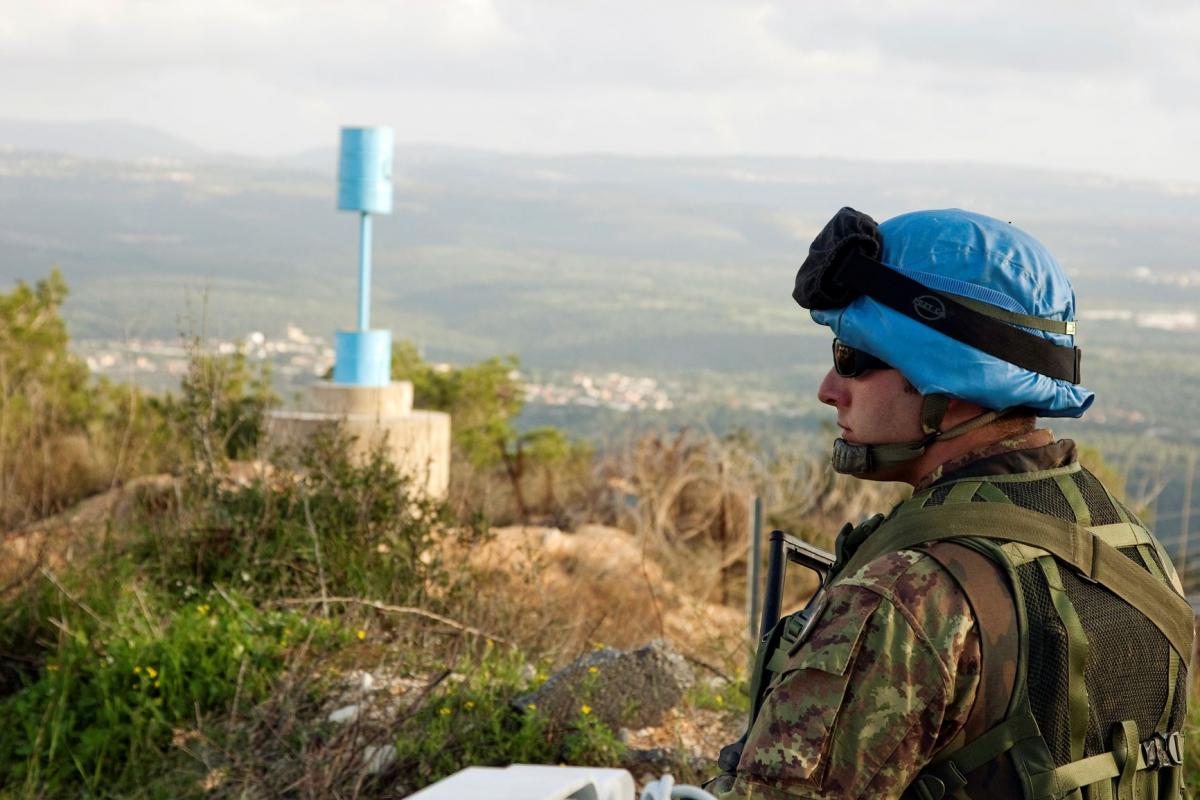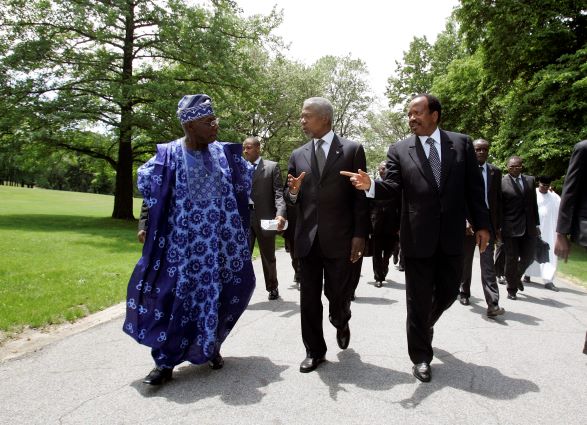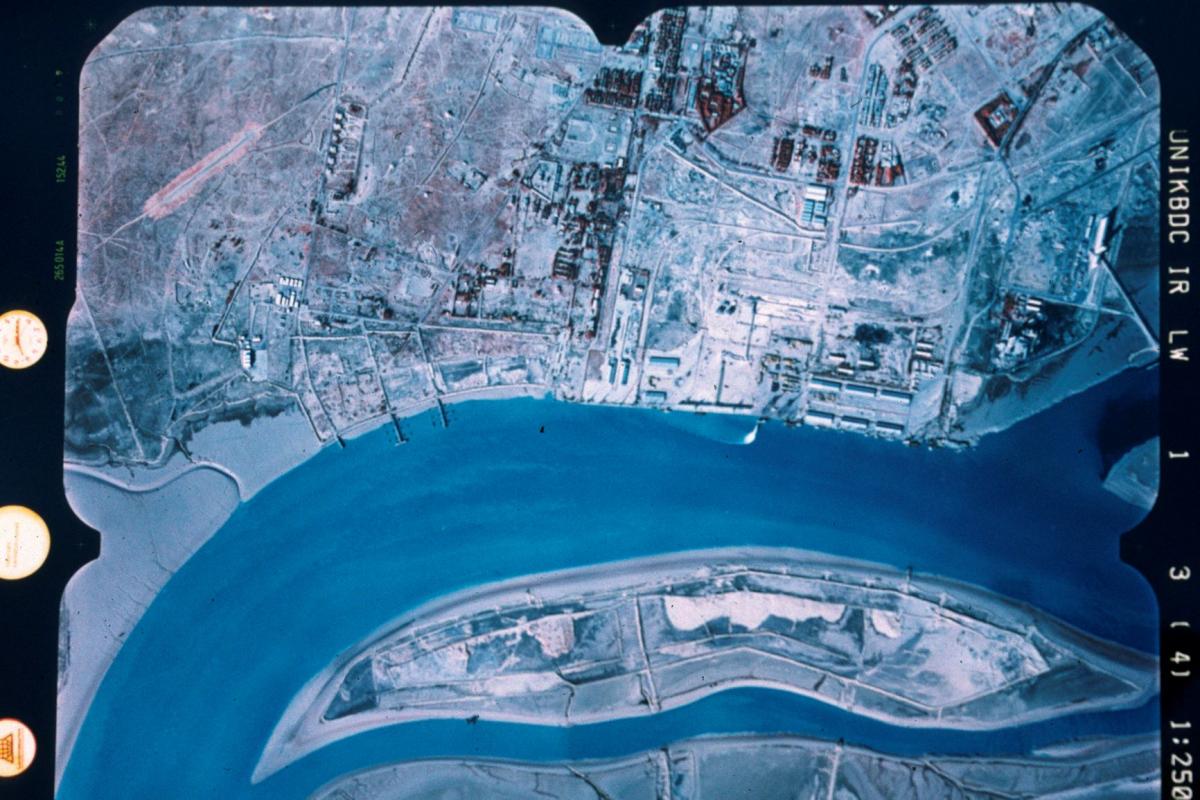Leadership
" The data needs for the SDGs are great, and time is not on our side. Reliable, timely, accessible and disaggregated geospatial information must be brought to bear to measure progress, inform decision-making and ensure effective and inclusive national and sub-national programs that will chart the path toward the 'Geospatial Way to a Better World,' to assist in the implementation of the SDGs, and transform the world for the better."
António Guterres, Secretary-General of the United Nations
(excerpt of the video message delivered during the United Nations World Geospatial Information Congress in 2018)
Decision-making support

Continuous geospatial services are provided in support of decision-making by the Organization's leadership. These services include provision of thematic analysis of security threats, environmental degradation, food scarcity, disaster impact, international law, humanitarian crises or geopolitical aspects in the form of maps, services, notes or reports.
Using a variety of geospatial data ranging from satellite imagery, open source data, confidential reports, interactive web maps, authoritative data or community-based crowd sourcing information, the data is harvested, curated, managed and disseminated, usually in the form of cartographic products, to support discussions and decisions of the leadership in addressing the global challenges of the world.
Peaceful resolution of conflict
Since its inception, the United Nations has played a crucial role in helping to mediate inter- and intra-State conflicts. The Secretary-General and his representatives carry out good offices and mediation efforts at the request of parties to disputes, on the Secretary-General’s initiative, or in response to a request from the Security Council or the General Assembly.
One of the most vital roles played by the Secretary-General is the use of his "good offices" -- steps taken publicly and in private, drawing upon his independence, impartiality and integrity, to prevent international disputes from arising, escalating or spreading.
The United Nations geospatial services have throughout the years played their role in supporting mediation efforts and peaceful resolution of conflict in the context of international boundaries, by providing surveying, mapping, analysis, geographic and visualization knowledge to assist in the resolution of conflicts and to provide impartial technical expertise, in particular on international boundaries.
 For instance, following a massacre within Israeli territory by Palestine Liberation Organization operatives in 1978, Israeli forces invaded southern Lebanon. Following protests by Lebanon, the Security Council adopted Resolution 425, in which it called upon Israel to cease immediately its military action and withdraw its forces from all Lebanese territory. It also established the United Nations Interim Force in Lebanon (UNIFIL) which arrived in the area on 23 March 1978. On 17 April 2000, when Israel announced its withdrawal of forces from Lebanon, a Special Envoy travelled to Israel and Lebanon to assert the location of the withdrawal line to be adopted. United Nations cartographers and geospatial experts, assisted by UNIFIL, identified a line to be adopted for practical purposes based on previous agreements of 1923 and 1949. Maps were prepared and distributed, and surveys were conducted in cooperation with the parties to ensure their awareness of the location of the Israeli withdrawal line, referred to as the “Blue Line.”
For instance, following a massacre within Israeli territory by Palestine Liberation Organization operatives in 1978, Israeli forces invaded southern Lebanon. Following protests by Lebanon, the Security Council adopted Resolution 425, in which it called upon Israel to cease immediately its military action and withdraw its forces from all Lebanese territory. It also established the United Nations Interim Force in Lebanon (UNIFIL) which arrived in the area on 23 March 1978. On 17 April 2000, when Israel announced its withdrawal of forces from Lebanon, a Special Envoy travelled to Israel and Lebanon to assert the location of the withdrawal line to be adopted. United Nations cartographers and geospatial experts, assisted by UNIFIL, identified a line to be adopted for practical purposes based on previous agreements of 1923 and 1949. Maps were prepared and distributed, and surveys were conducted in cooperation with the parties to ensure their awareness of the location of the Israeli withdrawal line, referred to as the “Blue Line.”
 Later, the Cameroon-Nigeria Mixed Commission (CNMC) was established in November 2002 by Secretary-General Kofi Annan at the request of Presidents Paul Biya and Olusegun Obasanjo of Cameroon and Nigeria respectively. The goal of the CNMC is to facilitate the implementation of the 10 October 2002 judgment of the International Court of Justice (ICJ) on the Cameroon-Nigeria boundary dispute. A component of the mandate of the CNMC includes the demarcation of the land boundary and delimitation of the maritime boundary between the two countries and as such, requires expertise in surveying, mapping and the use of satellite imagery for the physical demarcation of the boundary and the preparation of detailed cartographic references of the delimitation location.
Later, the Cameroon-Nigeria Mixed Commission (CNMC) was established in November 2002 by Secretary-General Kofi Annan at the request of Presidents Paul Biya and Olusegun Obasanjo of Cameroon and Nigeria respectively. The goal of the CNMC is to facilitate the implementation of the 10 October 2002 judgment of the International Court of Justice (ICJ) on the Cameroon-Nigeria boundary dispute. A component of the mandate of the CNMC includes the demarcation of the land boundary and delimitation of the maritime boundary between the two countries and as such, requires expertise in surveying, mapping and the use of satellite imagery for the physical demarcation of the boundary and the preparation of detailed cartographic references of the delimitation location.
 The United Nations continues to be involved in the delimitation, demarcation or mediation activities in the context of support to resolution of conflicts, such as in the past Iraq-Kuwait Boundary Demarcation Commission (1991-1993), Lebanon-Israel Line of Withdrawal (also referred to as the Blue Line, 2000), Eritrea-Ethiopia Boundary Commission (2001-2006), Iraq-Kuwait Boundary Maintenance (2005-2013), Sudan-South Sudan (2010), and Guyana-Venezuela (2018).
The United Nations continues to be involved in the delimitation, demarcation or mediation activities in the context of support to resolution of conflicts, such as in the past Iraq-Kuwait Boundary Demarcation Commission (1991-1993), Lebanon-Israel Line of Withdrawal (also referred to as the Blue Line, 2000), Eritrea-Ethiopia Boundary Commission (2001-2006), Iraq-Kuwait Boundary Maintenance (2005-2013), Sudan-South Sudan (2010), and Guyana-Venezuela (2018).
Guidelines for the Publication of Maps
Maps are integral parts of United Nations documents and are subject to the policy guidelines for the use of maps in documents, publications and other papers issued by the United Nations Secretariat. As such, and to ensure that maps meet publication standards, maps are subject to the Administrative Instruction of the Secretary-General of the United Nations concerning “Regulations for the Control and Limitation of Documentation - Guidelines for the Publication of Maps” (ST/AI/189/Add.25/Rev.1). All cartographic documents are therefore subject to clearance by the Geospatial Information Section prior to dissemination, including over the internet, at any duty station.
Any maps produced within the United Nations Secretariat must comply with the review procedures and allow for revisions. Appropriate disclaimers and special statements must also be contained within the map in accordance with circumstances and areas depicted by the map. United Nations Secretariat offices, and United Nations system, as applicable, should make an official request for geospatial information services support at geospatial@un.org.

